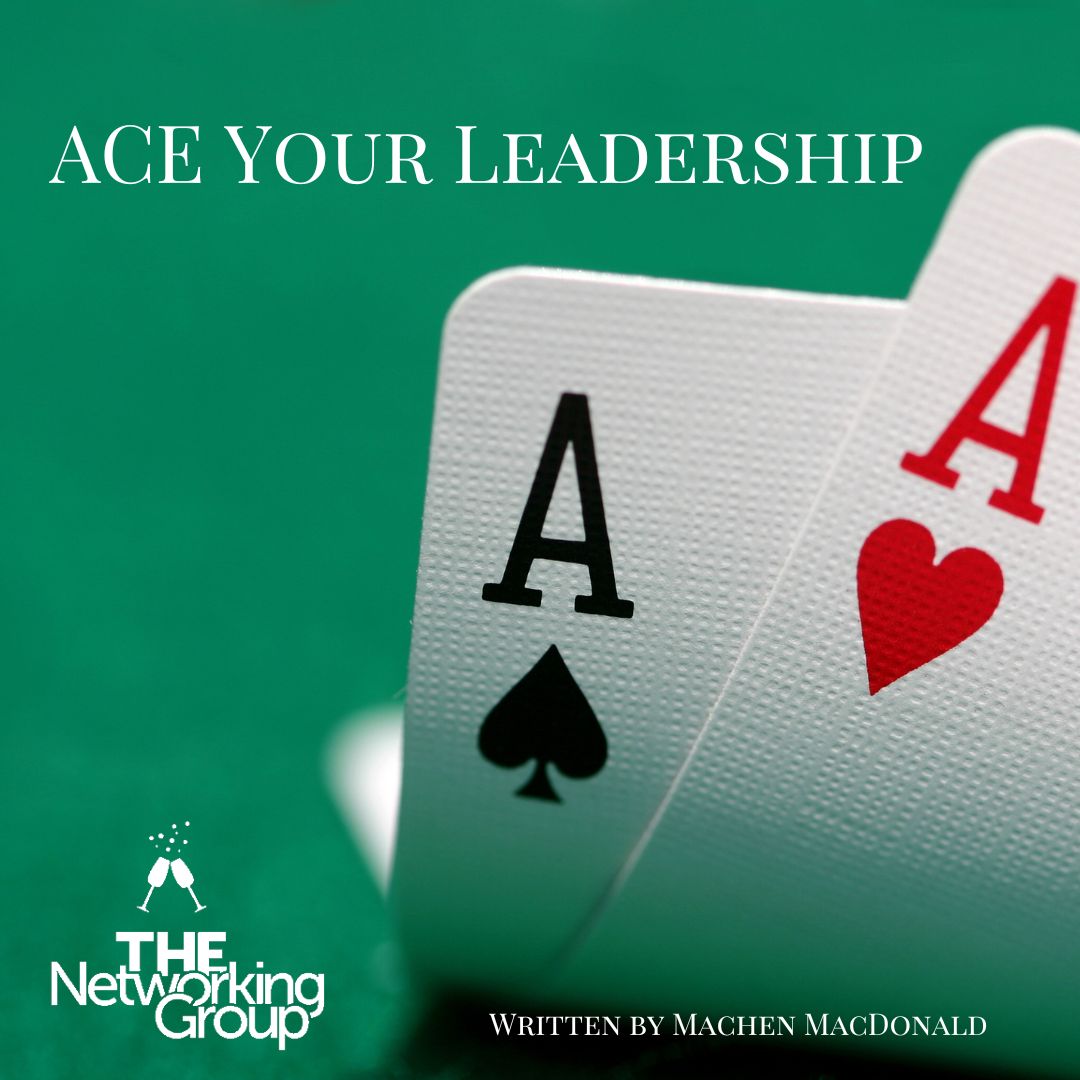Blog
ACE Your Leadership

Written by Machen MacDonald
Leadership can be a lonely and frustrating journey, especially when it comes to unlocking the full potential of your team. Many leaders find themselves caught in a perpetual cycle of pushing harder, only to see minimal improvement in performance and engagement. They struggle with team members who seem hesitant to take initiative, appear resistant to change, or fail to bring their best selves to work. The disconnect between a leader’s vision for their team and the daily reality can be disheartening.
Some resort to micromanagement, believing tighter control will drive better results. Others swing to the opposite extreme, providing too little direction in hopes that complete autonomy will spark motivation. Many find themselves trapped between being too directive and too hands-off, unable to find that sweet spot that catalyzes genuine growth and sustained high performance.
What these leaders often miss is that extraordinary team performance isn’t commanded – it’s cultivated through a deliberate approach that builds trust, nurtures potential, and creates the psychological safety needed for people to truly excel. The challenge isn’t about pushing people harder; it’s about creating an environment where people naturally push themselves.
The good news is that there’s a proven path forward. By following the LEAD framework outlined below, leaders can transform their approach from simply managing performance to genuinely unleashing potential. This systematic method helps leaders navigate the delicate balance between challenging and supporting their team members, ultimately creating an environment where exceptional performance becomes the norm rather than the exception.
L – Listen Actively and Deeply
Practice genuine, present moment listening that goes beyond just hearing words. Notice body language, tone, and what remains unsaid. When people feel truly heard, they feel valued and understood. Create dedicated time for one-on-one conversations where you put away distractions and focus solely on understanding their perspectives, challenges, and aspirations.
E – Empower with Trust and Autonomy
Give people meaningful responsibility and the authority to make decisions within their domain. Show that you trust their judgment by avoiding micromanagement. When you demonstrate belief in someone’s capabilities, they often rise to meet and exceed those expectations. Provide the resources and support they need, then step back and let them own their work.
A – Acknowledge Growth and Progress
Recognize not just results, but also effort, improvement, and small wins along the way. Be specific in your praise and connect it to impact. Help people see their own growth by reflecting back their progress and achievements. Create opportunities to celebrate both individual and team successes in ways that reinforce their sense of capability and forward momentum.
D – Develop Through Challenge and Support
Present stretch assignments that push people beyond their comfort zone while ensuring they have the guidance and resources to succeed. Act as both challenger and champion – push them to reach higher while being there to support them if they stumble. Help them process setbacks as learning opportunities. Work with them to create personalized development plans that align their growth with both organizational needs and personal aspirations.
Here are three transformative breakthroughs organizations typically experience when consistently executing the LEAD process:
A – Accelerated Innovation Through Psychological Safety
When people feel deeply heard and trusted, they become more willing to take calculated risks and share unconventional ideas. Teams that operate in this environment of psychological safety often experience sudden bursts of innovation. You’ll notice people bringing forward solutions to long-standing problems, challenging status quo assumptions, and collaboratively building on each other’s ideas in ways they never did before. This creates a positive spiral where each successful innovation further reinforces people’s confidence to think creatively.
C – Cultural Evolution from Compliance to Commitment
Perhaps the most profound breakthrough is the shift in organizational culture from one of basic compliance to deep commitment. When people feel genuinely valued and developed through the LEAD process, they transform from employees who simply follow directions to stakeholders who take ownership of outcomes. This manifests as increased initiative, stronger peer-to-peer accountability, and a more resilient organization that can maintain high performance even during challenging times. People begin to see their personal growth as intrinsically linked to organizational success.
E – Exponential Performance Through Collective Momentum
As individuals begin experiencing personal breakthroughs and growth, it creates a contagious energy throughout the organization. Teams start to operate with heightened ambition and capability, setting and achieving increasingly challenging goals. You’ll observe a marked shift from people doing their jobs to people actively seeking ways to elevate their impact. This collective uplift often results in breakthrough performance that exceeds traditional organizational targets and benchmarks.
Make it up, make it fun, and get it done!


